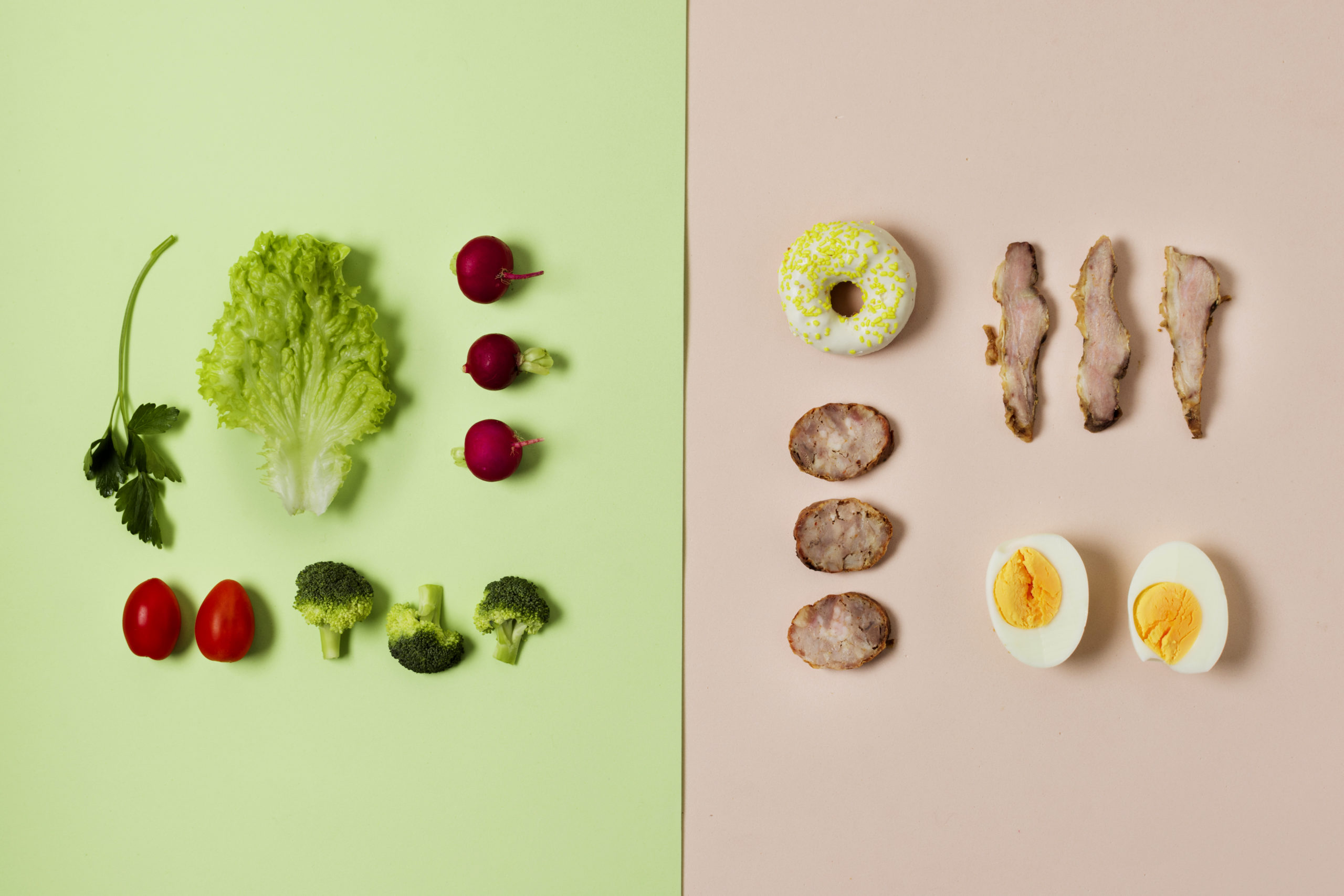Crohn’s Disease Diet : Get some relief
Crohn’s Disease Diet is a very important tool to manage your symptoms.
The disease disrupts your digestive system, causing a range of uncomfortable symptoms. But you can fight back! By strategically modifying your diet, you can significantly reduce these symptoms and improve your quality of life.
Tailoring Your Diet for Success:
There’s no one-size-fits-all Crohn’s diet.
Remember: People with IBD may have different experiences with food.
- Individual Needs: What triggers symptoms for one person might be perfectly fine for another.
- Disease Activity: Your dietary needs might also change depending on whether you’re in a flare-up or remission.
- Consulting the Experts: A registered dietitian can create a personalized plan that caters to your specific condition and preferences.He can guide you on portion sizes, specific food choices, and necessary adjustments to optimize your diet for effective Crohn’s management.
General Dietary Strategies:
- Frequent, Smaller Meals: Ditch the three large meals a day approach. Split your food intake into smaller, more frequent meals throughout the day to reduce workload on your digestive system.
- Identify and Eliminate Food Triggers: Pay attention to how you feel after eating specific foods. Keep a food diary to track potential triggers like dairy, spicy foods, or high-fiber vegetables. Once identified, eliminate or limit these culprits.
- Embrace Low-Residue Options: During flare-ups, prioritize easily digestible low-residue foods like white rice, bananas, applesauce, and well-cooked vegetables to minimize irritation.
- Stay Hydrated: Dehydration worsens symptoms. Make water your best friend! Aim for eight glasses daily and consider hydrating fruits and vegetables like watermelon and cucumber.
- Explore Supplements: Talk to your doctor about supplements like fish oil (anti-inflammatory) or probiotics (gut health).
Foods to Consider Limiting:
While some limitations might be necessary, remember:
- Individual Variability: Trigger foods vary from person to person.
- Disease Activity: Dietary needs may change during flare-ups.
- Professional Guidance: Always consult a doctor and dietitian for personalized advice.
Common Trigger Foods:
- High-insoluble fiber foods (raw kale, apple skin, sunflower seeds)
- High-fiber vegetables (Brussels sprouts, cabbage, cauliflower, asparagus)
- High-lactose foods (cow’s milk, cream, ice cream, custard)
- Sugar alcohols and artificial sweeteners
- Added sugars and sugary foods
- High-fat foods
- Spicy foods
- Alcohol
- Caffeinated beverages (coffee/tea, energy drinks)
- Sugar-sweetened beverages (soda, coffee/espresso drinks with sugar/syrup, juices)
Foods Associated with Increased Inflammation:
- Limit, Not Eliminate: These foods can be enjoyed occasionally in moderation.
- Focus on Variety: Instead of strict restriction, try incorporating a wider range of protein sources throughout the week.
Foods Associated with Increased Inflammation:
- Red meat (beef, lamb, pork, veal, bison)
- Processed meat (lunch/deli meat, bacon, hot dogs, sausages)
- Coconut oil, dairy fat, palm oil
- Emerging Evidence (more research needed):
- Processed foods with certain additives
- Artificial sweeteners
Important Reminders:
- Be Kind to Yourself: Focus on overall dietary patterns, not single meals. Occasional indulgence is okay.
- Disordered Eating: If you have a strained relationship with food, seek help from an IBD-focused dietitian and gut-specialized psychologist.
- Cultural Considerations: Adapt traditional recipes to swap ingredients for better-tolerated alternatives.
Foods to Increase in Your Diet:
These foods have been linked to decreased inflammation:
- Fruits (bananas, raspberries, applesauce, blended fruit)
- Vegetables (squashes, fork-tender cooked carrots, green beans)
- Foods rich in omega-3 fatty acids (fatty fish, walnut butter, chia seeds, flaxseed)
Other Healthy Options:
- Cooked and cooled/reheated starches (potatoes, sweet potatoes, rice, oatmeal)
- Leafy green vegetables (cooked, chopped, or blended)
Worried About Digesting Fruits and Vegetables?
- Fiber Type: Soluble fiber dissolves quickly in water and is generally well-tolerated (e.g., raspberries). Insoluble fiber can cause more frequent bathroom visits (e.g., apple skin).
- Texture: Adjust the texture of foods for better tolerance. Blended kale is easier to digest than raw



